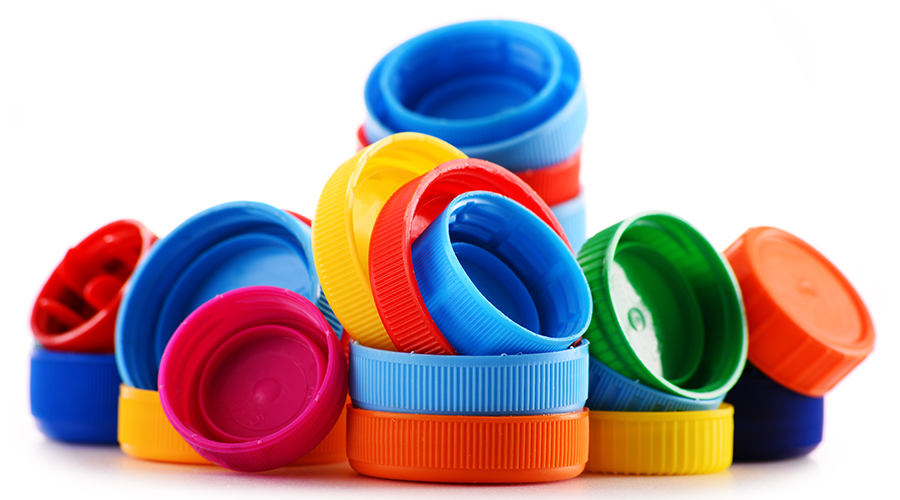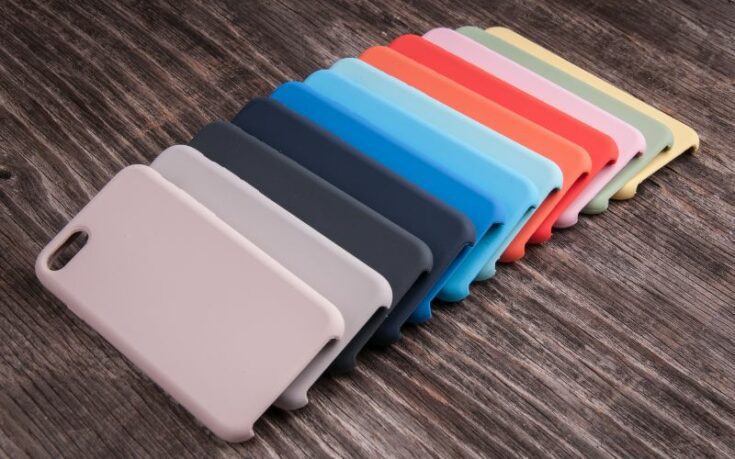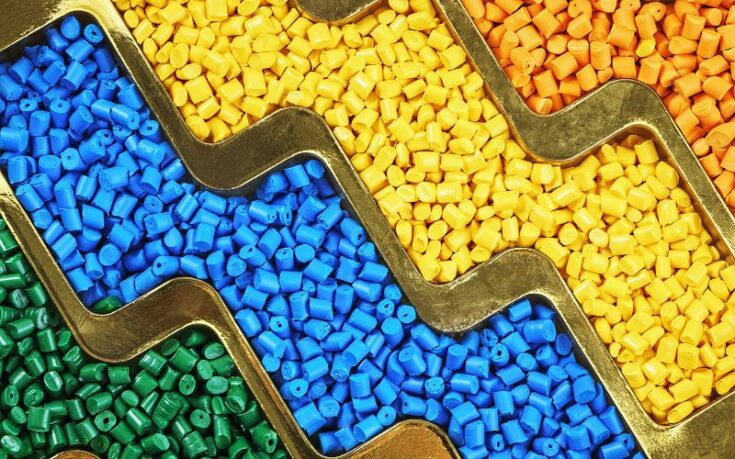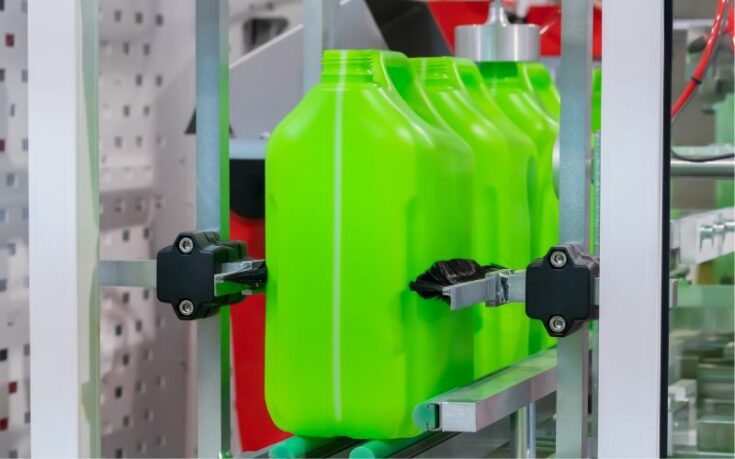Why Color Management Matters for Converters
Plastic converters transform customer concepts into usable components. This requires precision and rigorous quality control to match the final product with the client’s specifications. Converting involves melting and blending color pellets from a masterbatcher and then using a process like injection molding, blow molding, or extrusion to develop a final form. This process puts tremendous stress on polymers, therefore, maintaining color consistency throughout the process can be a challenge. Implementing a robust color quality control program is crucial to the success of your product.
Digital color management tools ensure color precision and consistency of final products. By using devices such as spectrophotometers, converters can accurately measure color to ensure consistency between production runs of final product. Color management devices help ensure you are meeting customer color requirements while accounting for factors that affect visual color perception like opacity, gloss, surface temperature and texture.





